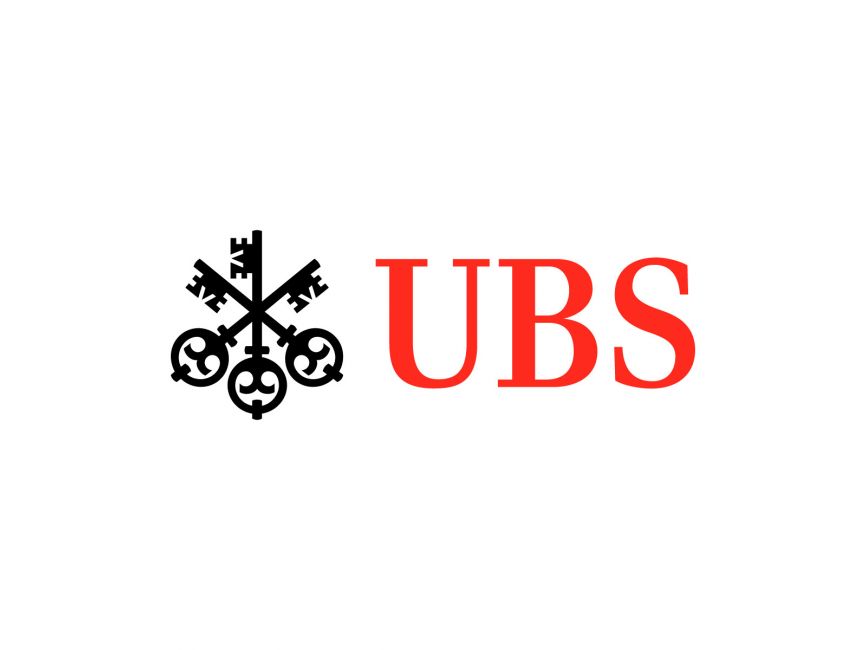Fund selectors have been dining off aggressive fee cuts from ETF issuers over the past six months, prompting questions of how much lower they have to run.
State Street Global Advisors (SSGA) set the tone last October when the US giant slashed its SPDR S&P 500 UCITS ETF (SPY5) and the SPDR S&P 500 ESG Leaders UCITS ETF (SPPY) to 0.03%.
The move has triggered a wave of dramatic cuts from the giants in Europe. DWS, for example, reduced fees across 31 ETFs last December including the Xtrackers IE Physical Gold ETC Securities (XDGU) to 0.11%, the cheapest European-listed gold ETC.
UBS Asset Management joined the fee-cutting bonanza in January, with the Swiss giant slashing total expense ratios (TERs) across over 200 ETFs.
Invesco and BlackRock have also made moves while Amundi slashed fees across 33 ETFs just last week in response to its rivals.
While innovation is a constant in the ETF space, inflows continue to be captured by core building block exposures across both equities and fixed income.
Highlighting this, the iShares Core S&P 500 UCITS ETF (CSPX) and SPY5 saw the biggest inflows in Q1, with a combined $8.1bn inflows. Other ETFs in the list included the iShares $ Treasury 0-1yr UCITS ETF (IB01) and the Vanguard S&P 500 UCITS ETF (VUSA).
“The bulk of assets still go into bread-and-butter market exposures that form the basis of any portfolio,” Jose Garcia-Zarate, associate director of passive strategies research at Morningstar, said.
“One should expect a great deal of competition among the larger ETF providers to have a very attractively priced offering in this high-assets under management (AUM) slice of the pie.”
“The high-AUM potential of these core ETFs is crucial here. This likely makes it easier for providers to consider cutting fees without adding significant risk to their financial bottom line.”
Core remains king in ETF land which is a key reason why new players struggle to compete in a realm where giants rule.
But how much lower can fees be cut from here and what is the cost to the overall industry? There is no reason why fees cannot fall even further towards 0% if this allows an ETF issuer to promote the rest of its range to investors.
However, for Henry Jim, ETF analyst at Bloomberg Intelligence, the operational costs including index licensing fees mean 0.03% is probably the floor.
“Some large issuers have launched zero expense ratio ETFs in the US, usually via waivers for a set period of time,” Jim continued. “Given the high level of operational costs in running an ETF, I do not believe those will be sustainable.
“The race to the bottom has been driven by issuers that have products with enough assets and tenure to leverage economies of scale and liquidity.”
Final word
While ETF fees can trend even lower from here, especially in the core space, they only play a small part in a fund selector’s due diligence.
Tracking error, securities lending, replication methodology and bid-ask spreads all feed into the total cost of ownership so understanding the full picture is crucial.
“The question of how low fees can go in core exposures is becoming increasingly less relevant in an environment where the expectation is already firm that they should be in single digits,” Garcia-Zarate stressed. “Perhaps the more relevant question is what the trade-off is.”










